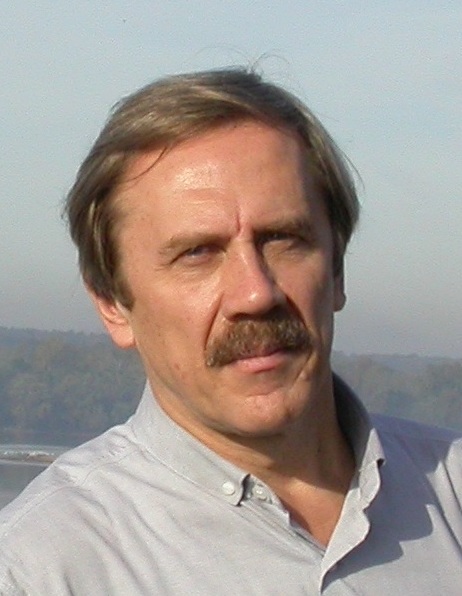
A. V. Ponomarev
- The Schmidt Institute of Physics of the Earth of RAS
Alexander Ponomarev – Doctor of Physical and Mathematical Sciences, head of the scientific direction “Physics of Seismic Process and Rocks” at the Institute of Physical Sciences of the Russian Academy of Sciences. A well-known specialist in the field of earthquake physics, studies of the physical properties of geomaterials, setting up and conducting experiments at high thermodynamic parameters. Main areas of research: laboratory modeling of the earthquake source and fault zone. Identification of stages of instability of rocks using parameters of the stress-strain state, features of acoustic emission and elastic waves; experimental studies of trigger effects on rock instability. Unstable movements (stick-slip) and contact phenomena in laboratory models; physical experiments using servo-controlled systems to elucidate the key features of transient processes in deformable rocks and compare them with field seismological data. Search for signs of macro-destruction of rocks. Participant and coordinator of international projects with scientists from India, China, France and other countries. Author and co-author of more than 150 scientific papers, 2 monographs.
Areas of scientific interests: laboratory modeling of the earthquake source and seismic regime, physics of instability of geomaterials, trigger phenomena in seismicity, geomechanical experiments at high thermodynamic parameters, variations of physical fields in connection with earthquake forecasts, earthquake precursors.
Session
-
System Analysis of Seismic Hazard
The section will be devoted to the implementation of systems analysis tools in the tasks of seismic hazard assessment (including from aftershocks), earthquake forecasting, mapping seismic regime parameters, potential seismogenic structures and SSZ, creating representative earthquake catalogs, processing and interpretation of seismological data, etc. Welcome reports on system analysis and integration of methods, approaches and assessments of seismic hazard, the use of artificial intelligence tools in problems of seismic zoning and processing of seismological information.
